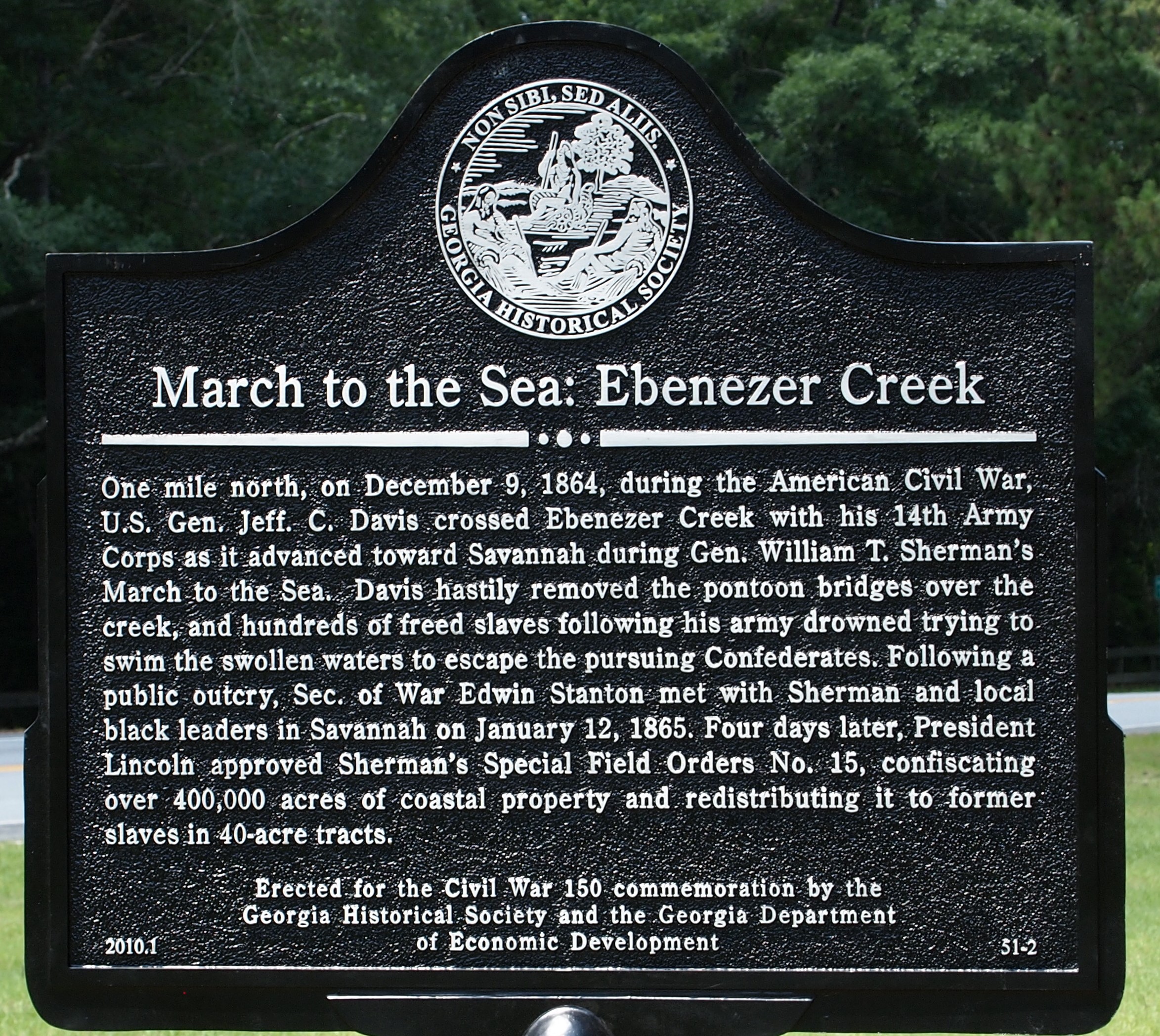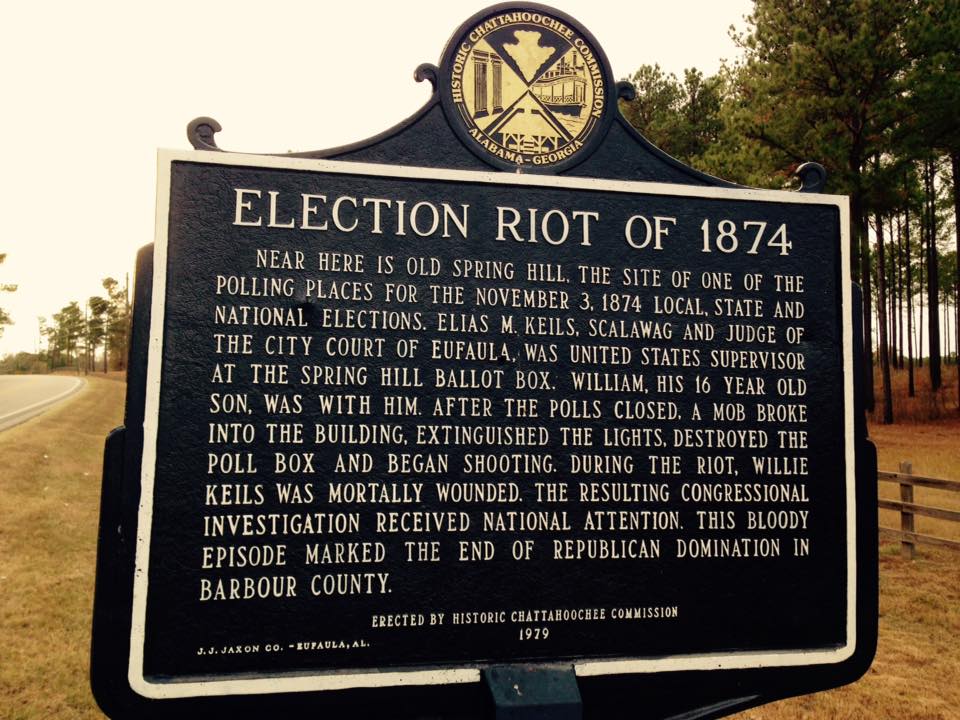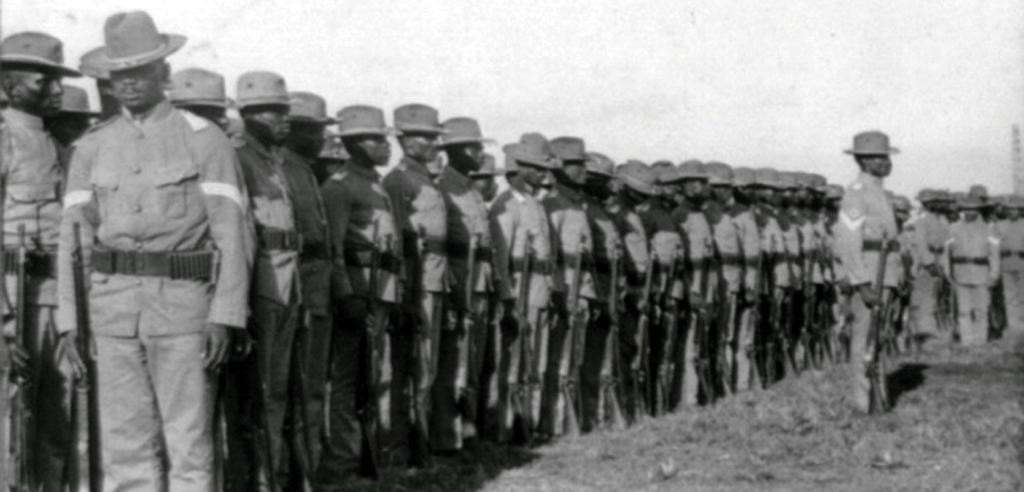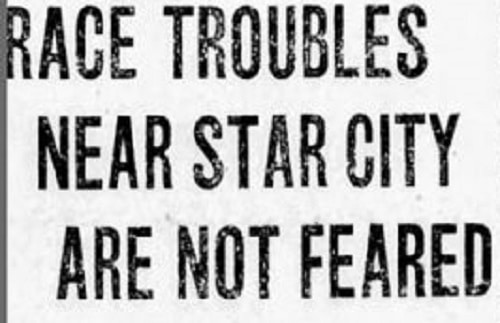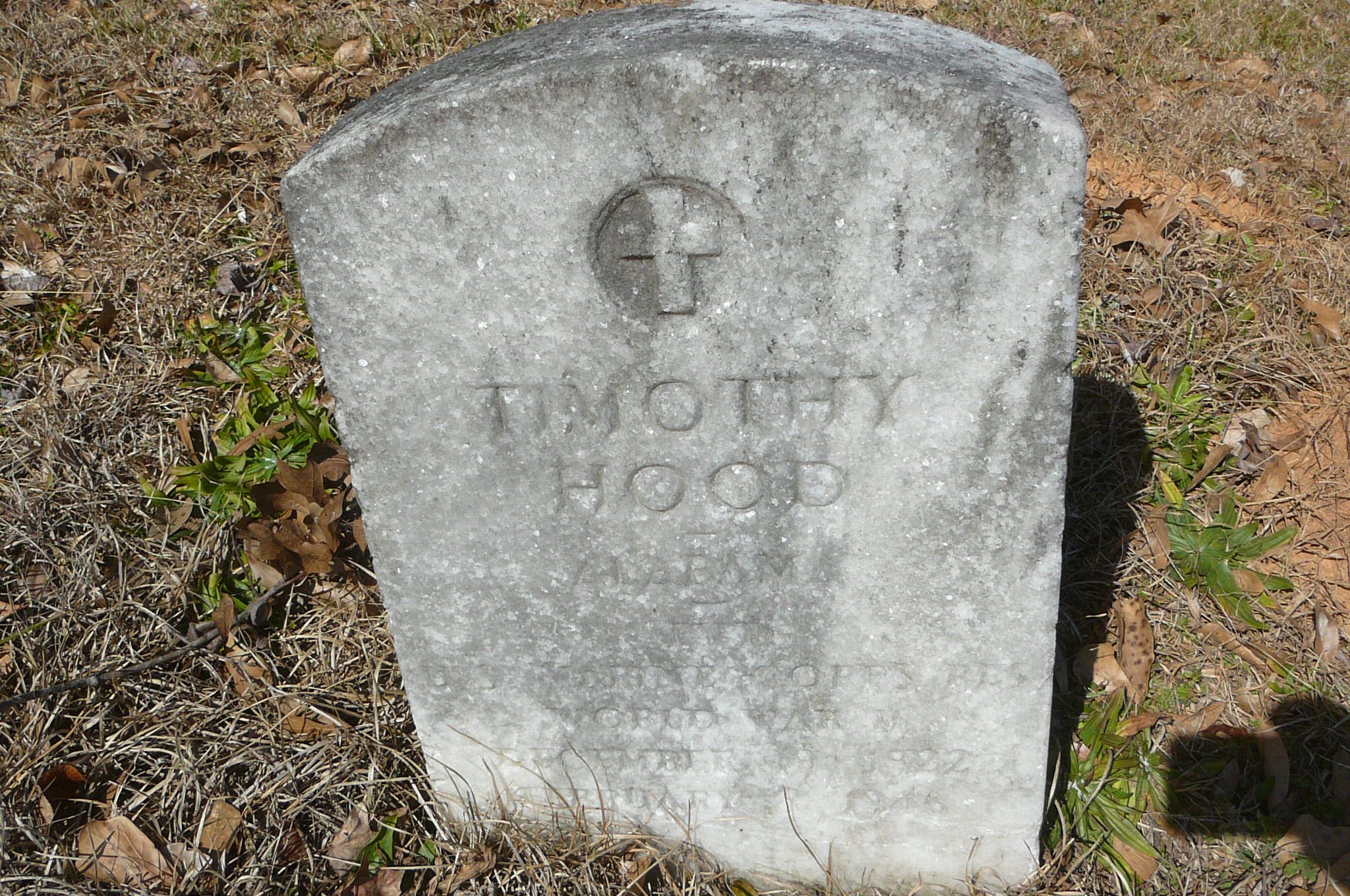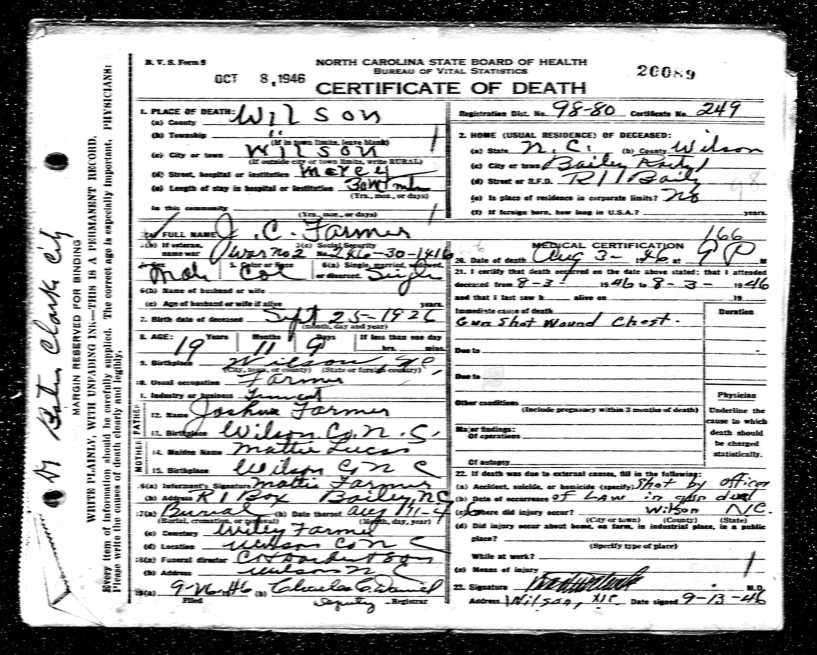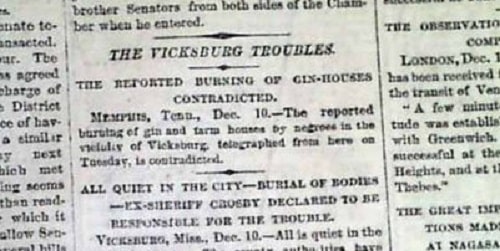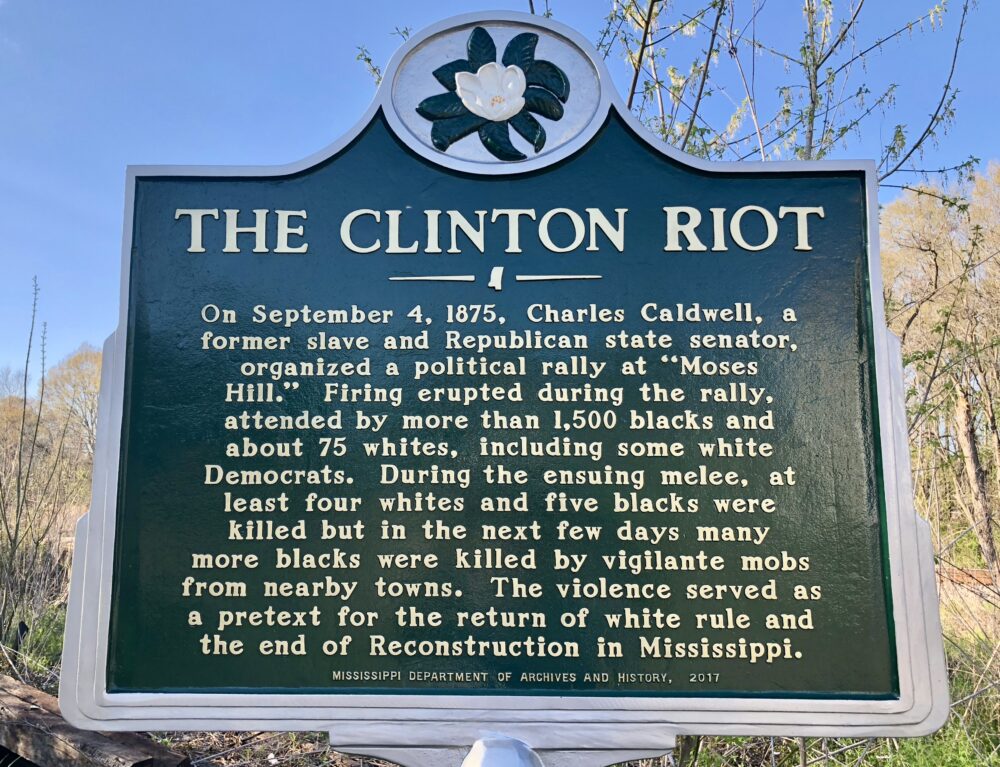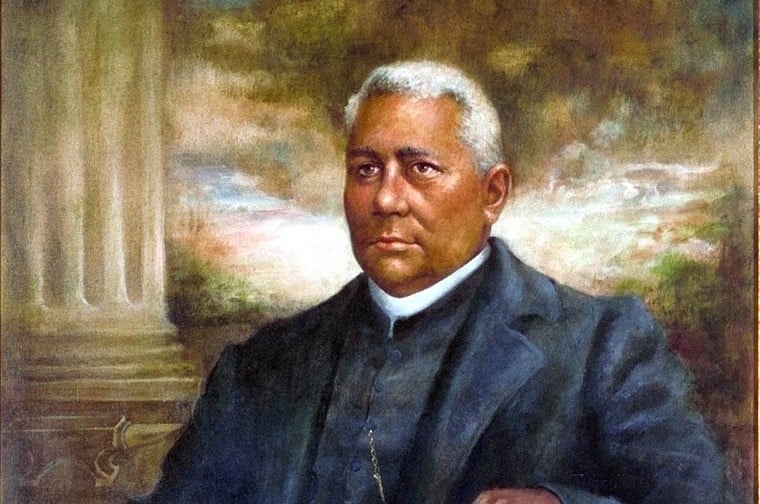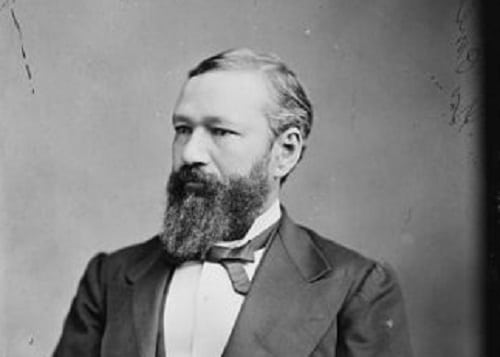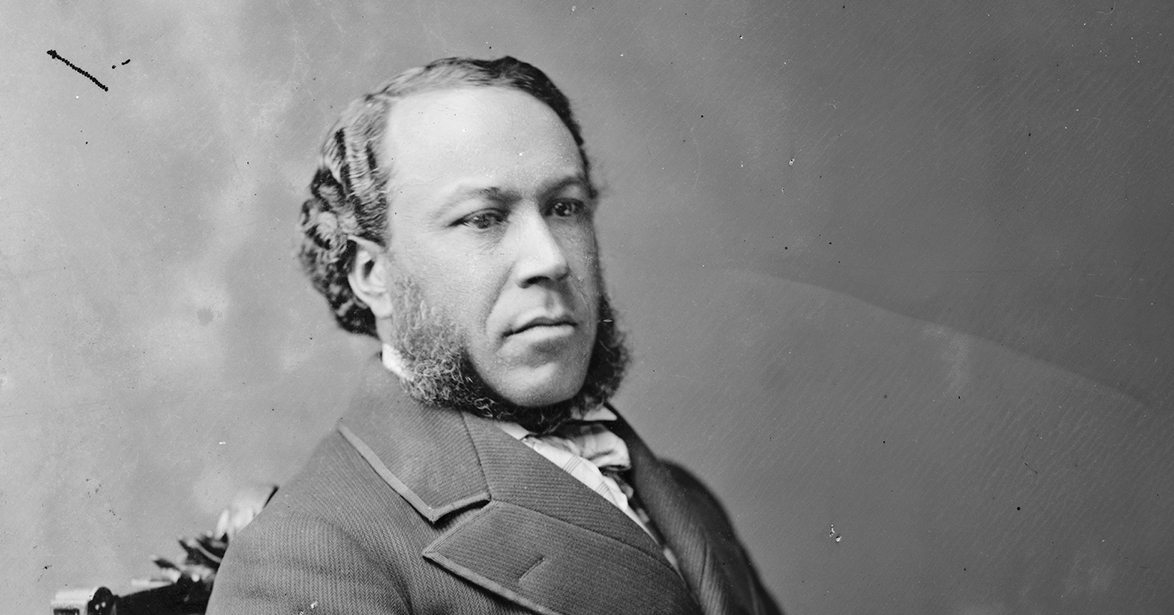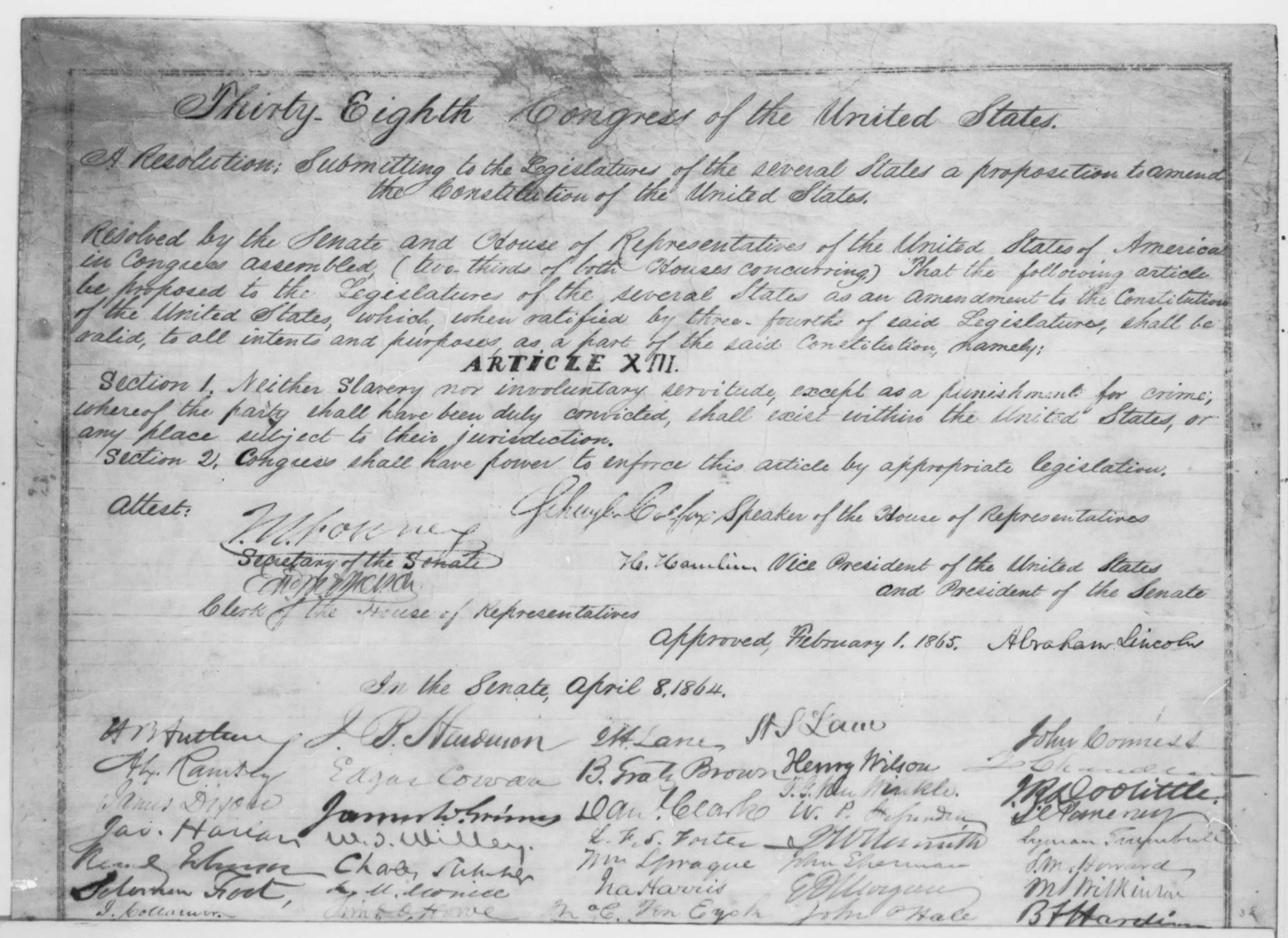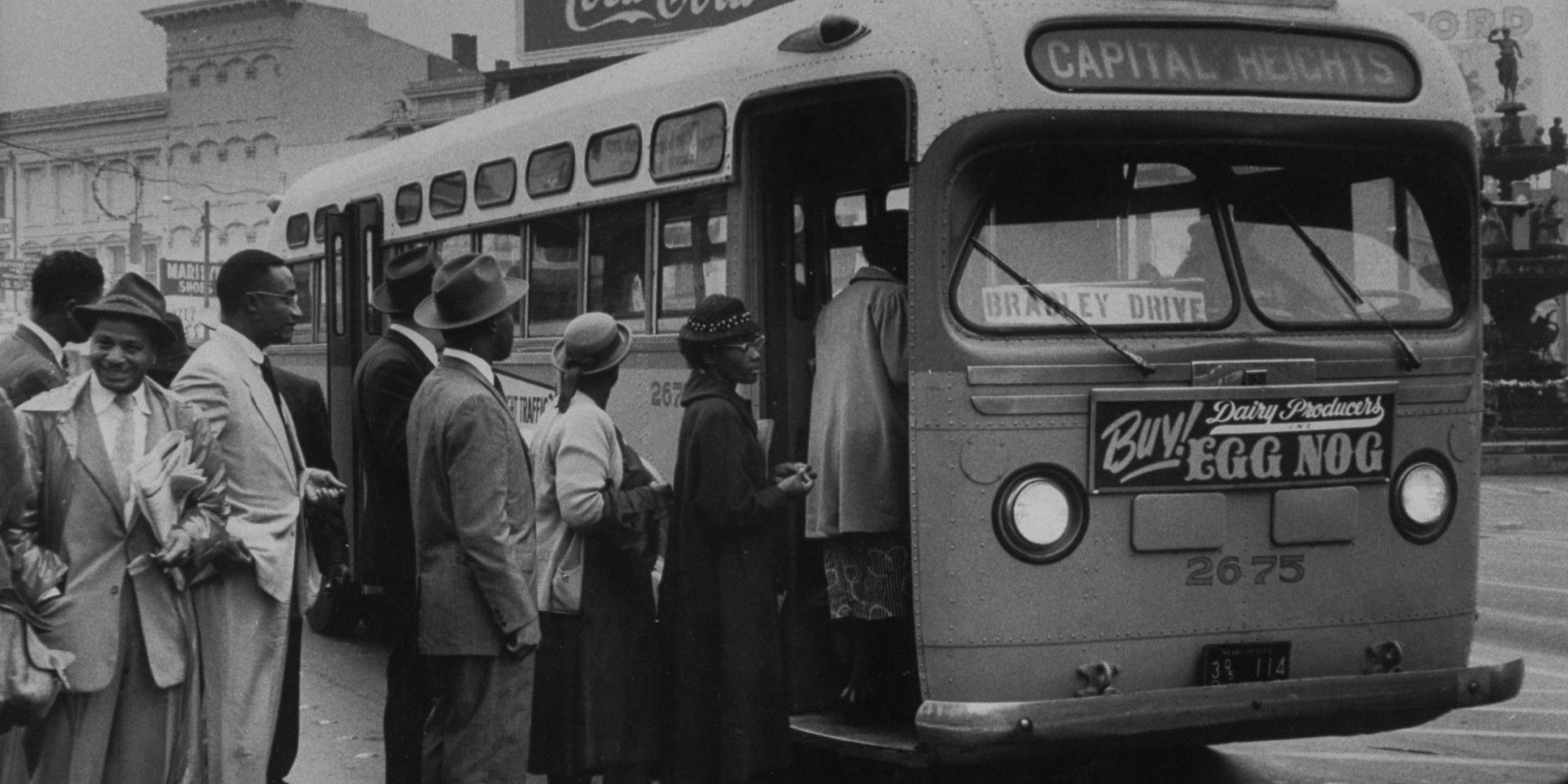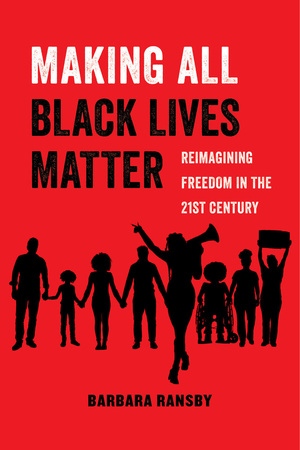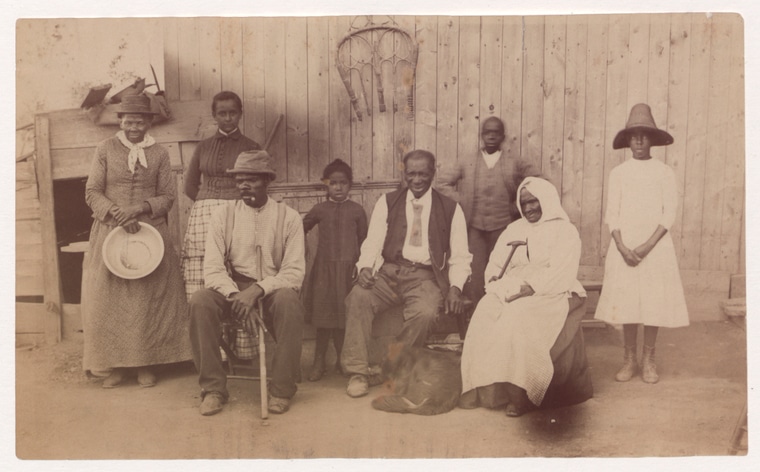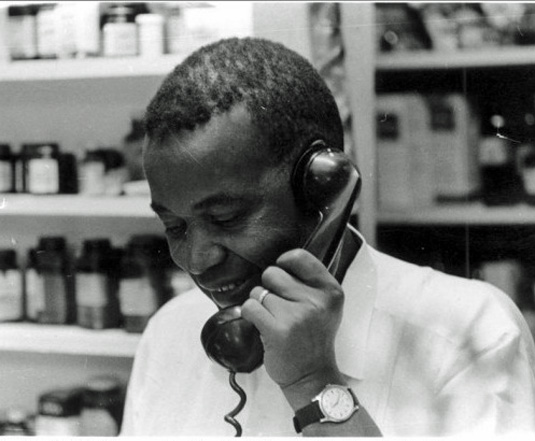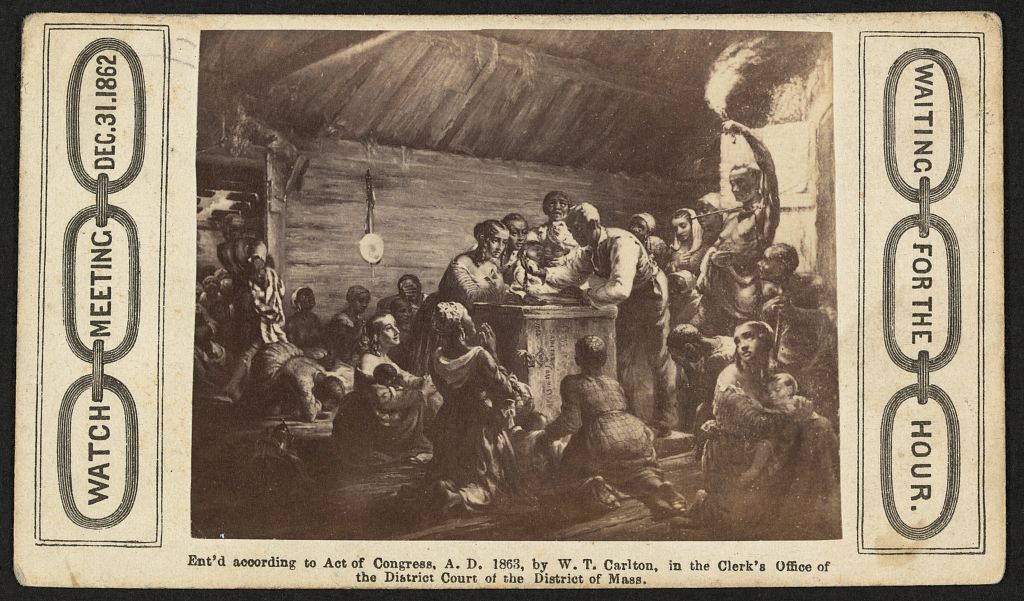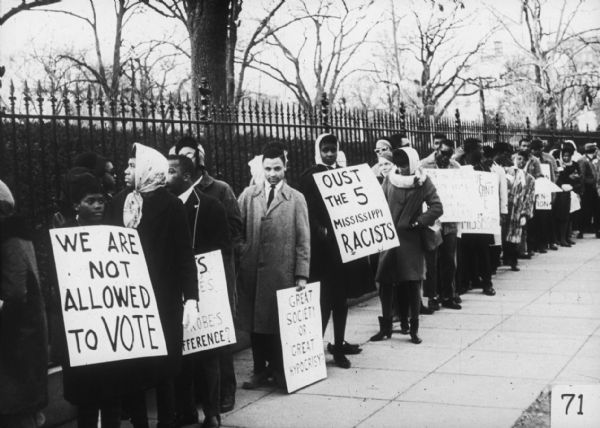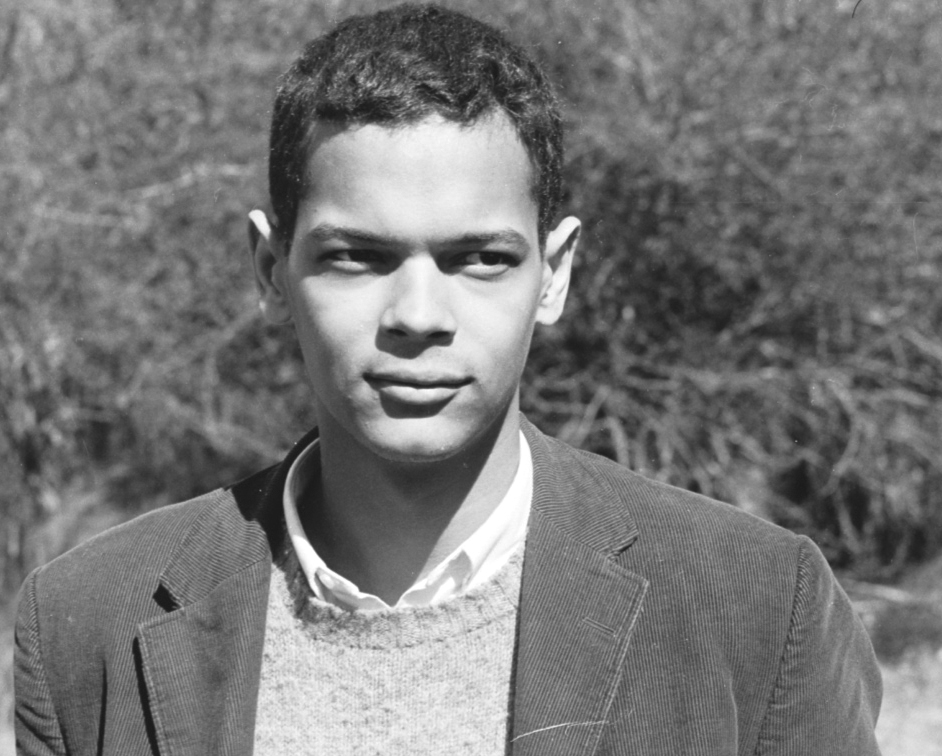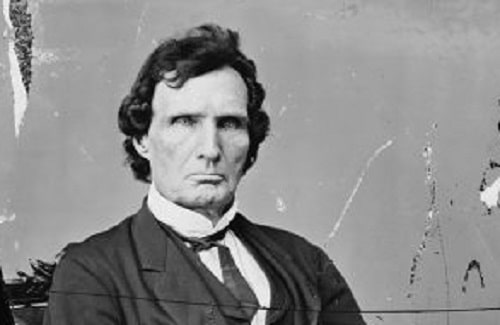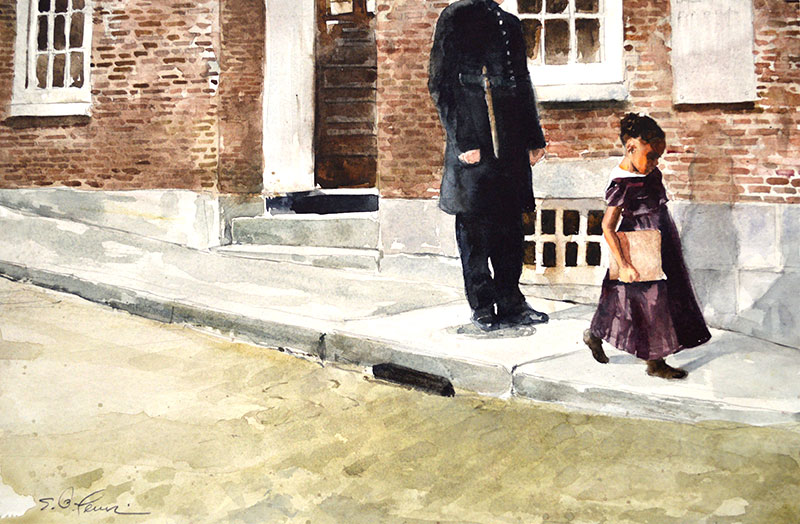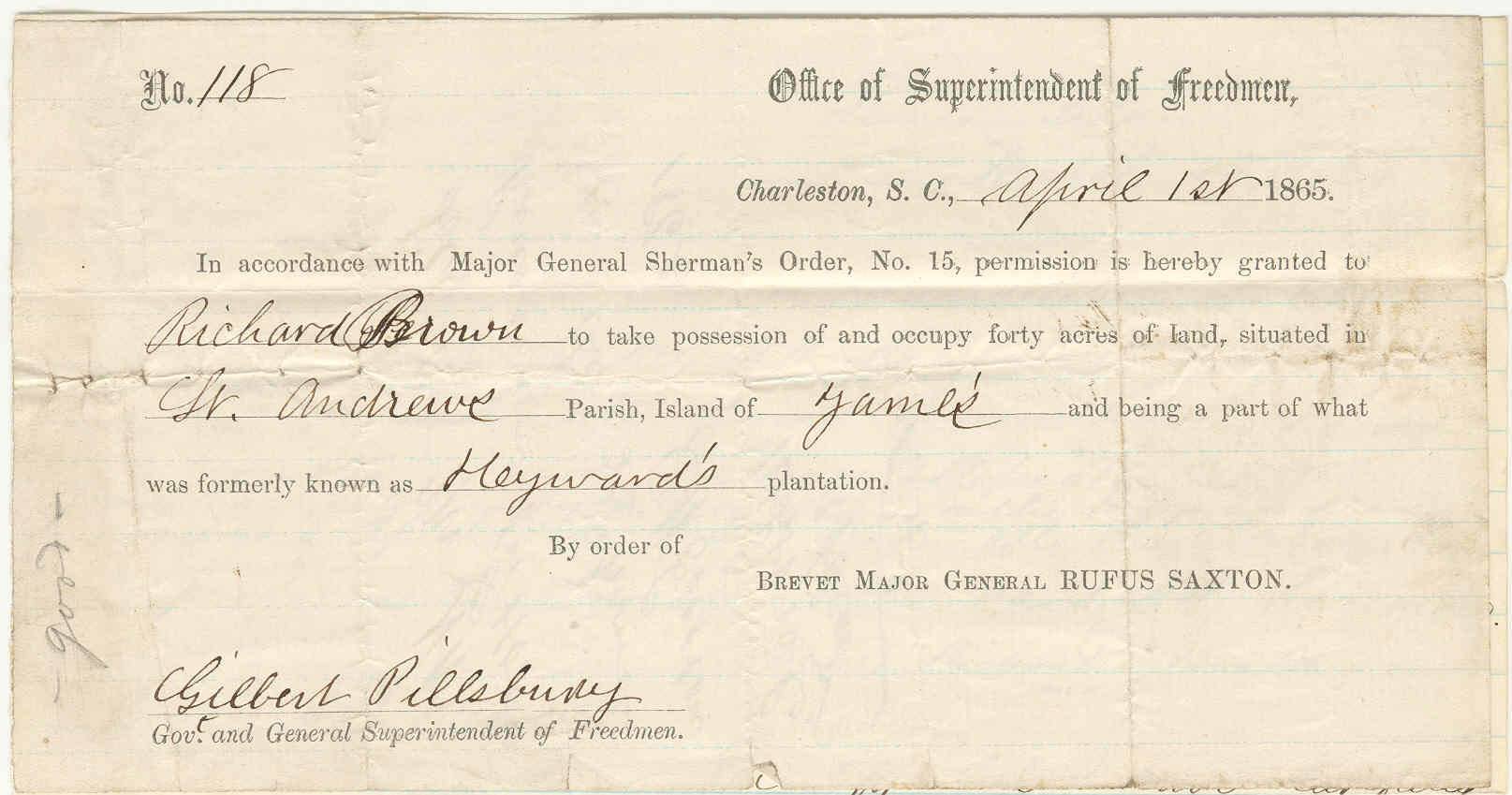People who had escaped from slavery and were following the Union Army, were blocked from crossing the Ebenezer Creek, leading to their death.
Continue reading
African Americans voters were threatened after the Danville Riot, leading to their loss of political power in this majority African American city in Virginia.
Continue reading
Deadly election “riots” took place in Barbour County, Alabama against African American politicians and voters.
Continue reading
Sergeant Edgar Caldwell, a Black man, was hanged before a crowd of spectators in the yard of the Calhoun County jail for riding in a white streetcar.
Continue reading
Timothy Hood, a veteran of the U.S. Marines, was killed for removing a Jim Crow sign.
Continue reading
J. C. Farmer, a 19-year-old African American WWII veteran, was killed by a mob of 20 white men.
Continue reading
White people attacked and killed many Black citizens who had organized for a Black sheriff to remain in office during the Vicksburg Massacre.
Continue reading
Nearly 50 African-Americans were killed by white mobs during the Clinton Riot.
Continue reading
The Georgia Constitutional Convention was held with 33 African Americans and 137 white attendees.
Continue reading
P. B. S. Pinchback of Louisiana became the second Black governor in the United States.
Continue reading
Joseph H. Rainey, from South Carolina, was the first African-American to serve in the U.S. House of Representatives.
Continue reading
Secretary of State William H. Seward declared the 13th Amendment to the United States Constitution to have been adopted.
Continue reading
After a 381-day boycott, a federal ruling declared the Alabama laws requiring segregated buses to be unconstitutional.
Continue reading
Picture book. By Lesa Cline-Ransome and James E. Ransome. 2017. 32 pages.
An illustrated biography of Harriet Tubman written in verse.
Continue reading
Book — Non-fiction. By Barbara Ransby. 2018. 240 pages.
"A love letter to the organizers in the Movement for Black Lives, and a tribute to their increasingly expansive vision."
Continue reading
Abolitionist and suffragist Harriet Tubman, perhaps the most famous conductor of the Underground Railroad, engineered her first rescue mission in December 1850.
Continue reading
Aaron Henry (Mississippi state NAACP president, pharmacist, drugstore owner) and the Coahoma County NAACP organized an effective Christmas shopping boycott in Clarksdale, Mississippi.
Continue reading
African Americans across the United States, free and enslaved, in the North and South, held watch meetings for the abolition of slavery.
Continue reading
Hundreds of Mississippi Freedom Democratic Party supporters went to support the Challenge to the seating of the Mississippi delegation.
Continue reading
The song “Rapper’s Delight” by the Sugarhill Gang (and reportedly Grandmaster Caz) became the first hip hop single ever to reach the Billboard Top 40.
Continue reading
Julian Bond was finally sworn in as a member of the Georgia House of Representatives.
Continue reading
Congressman Thaddeus Stevens offered an amendment to the Freedmen's Bureau Bill to authorize the distribution of public land.
Continue reading
Benjamin Roberts, African American, filed the first school desegregation suit after his daughter Sarah was barred from a public school because of her race in Boston, Massachusetts.
Continue reading
The Bureau of Refugees, Freedmen, and Abandoned Lands was established within the War Department to undertake the relief effort and social reconstruction after the Civil War.
Continue reading

